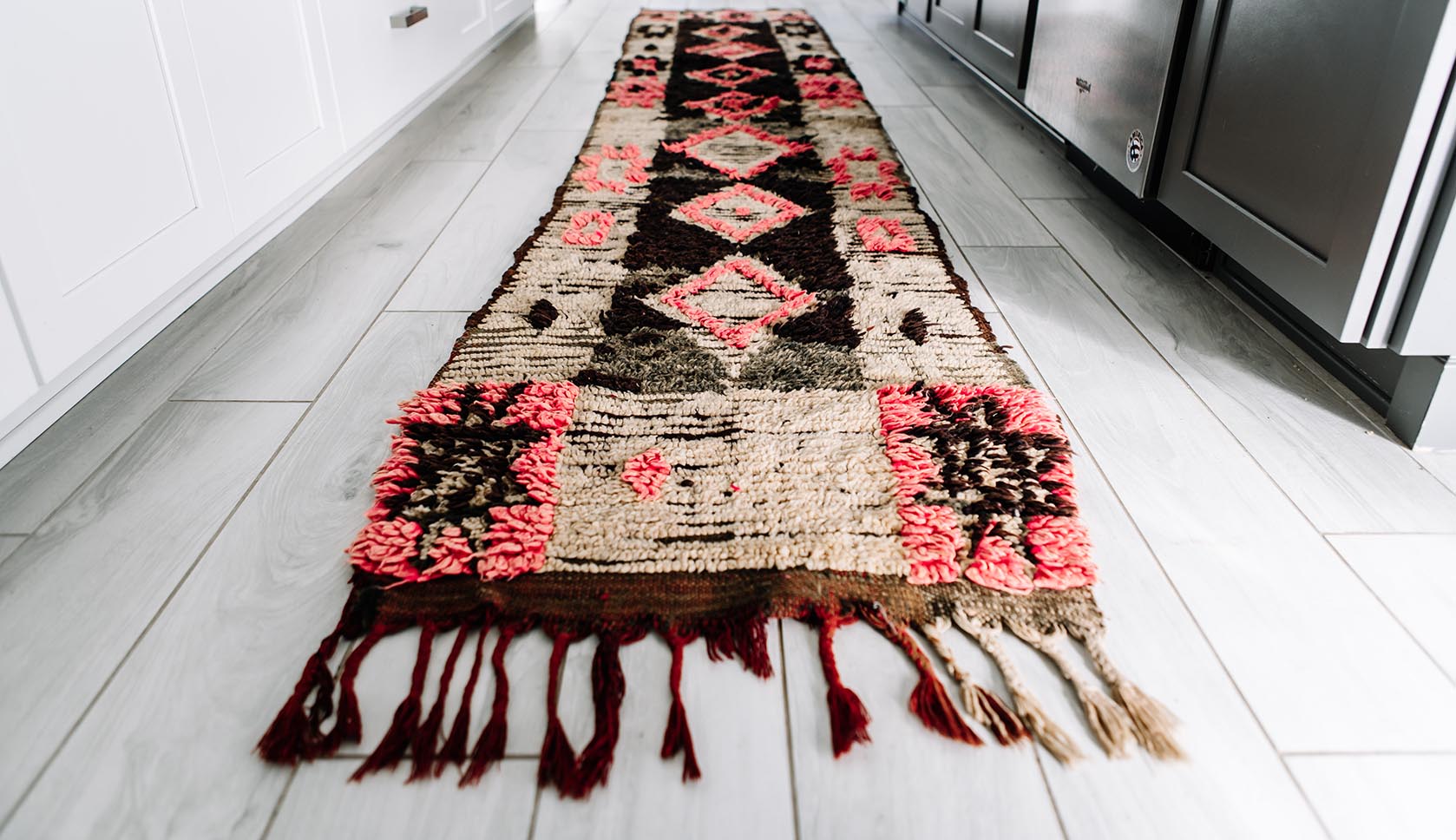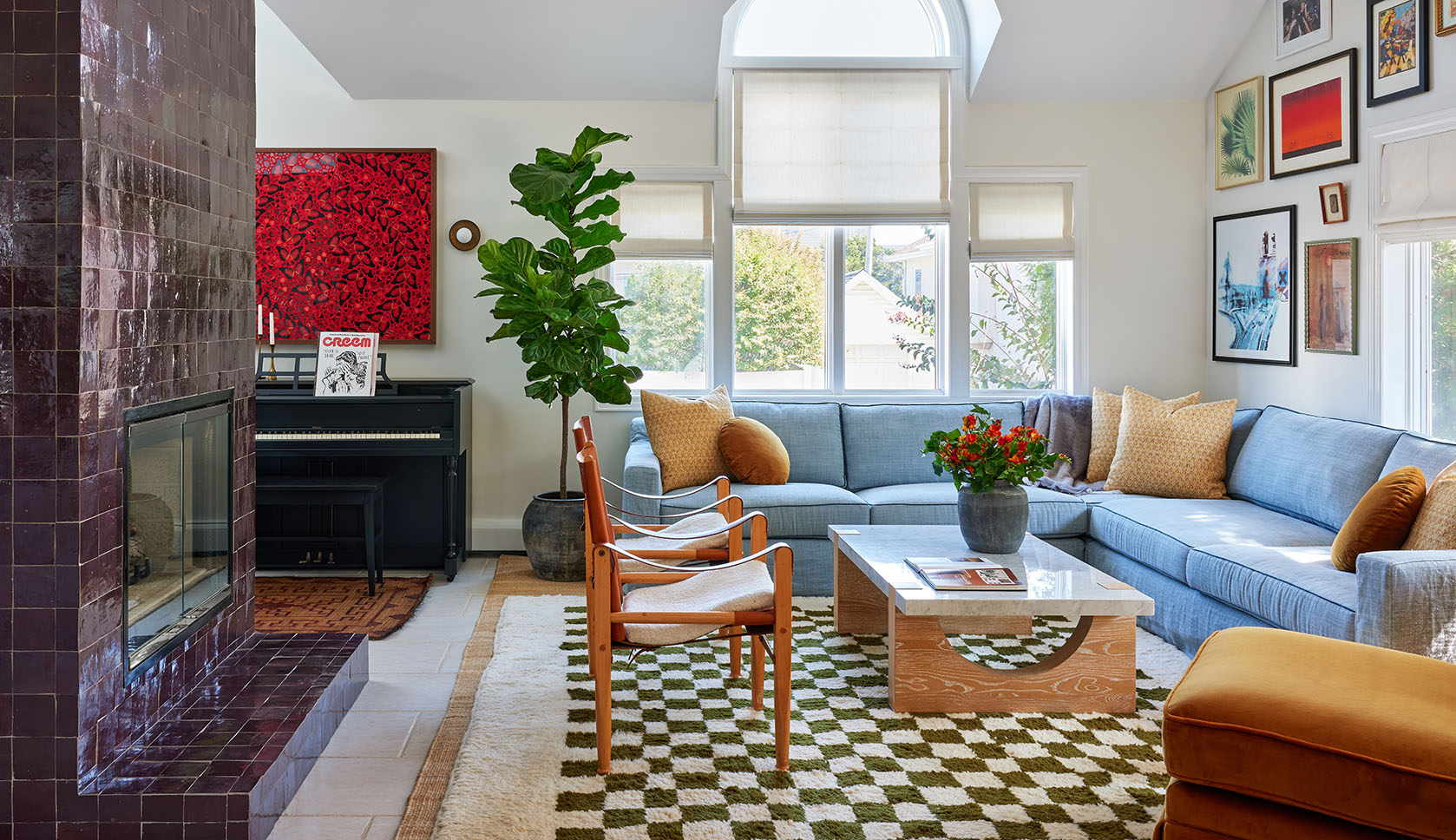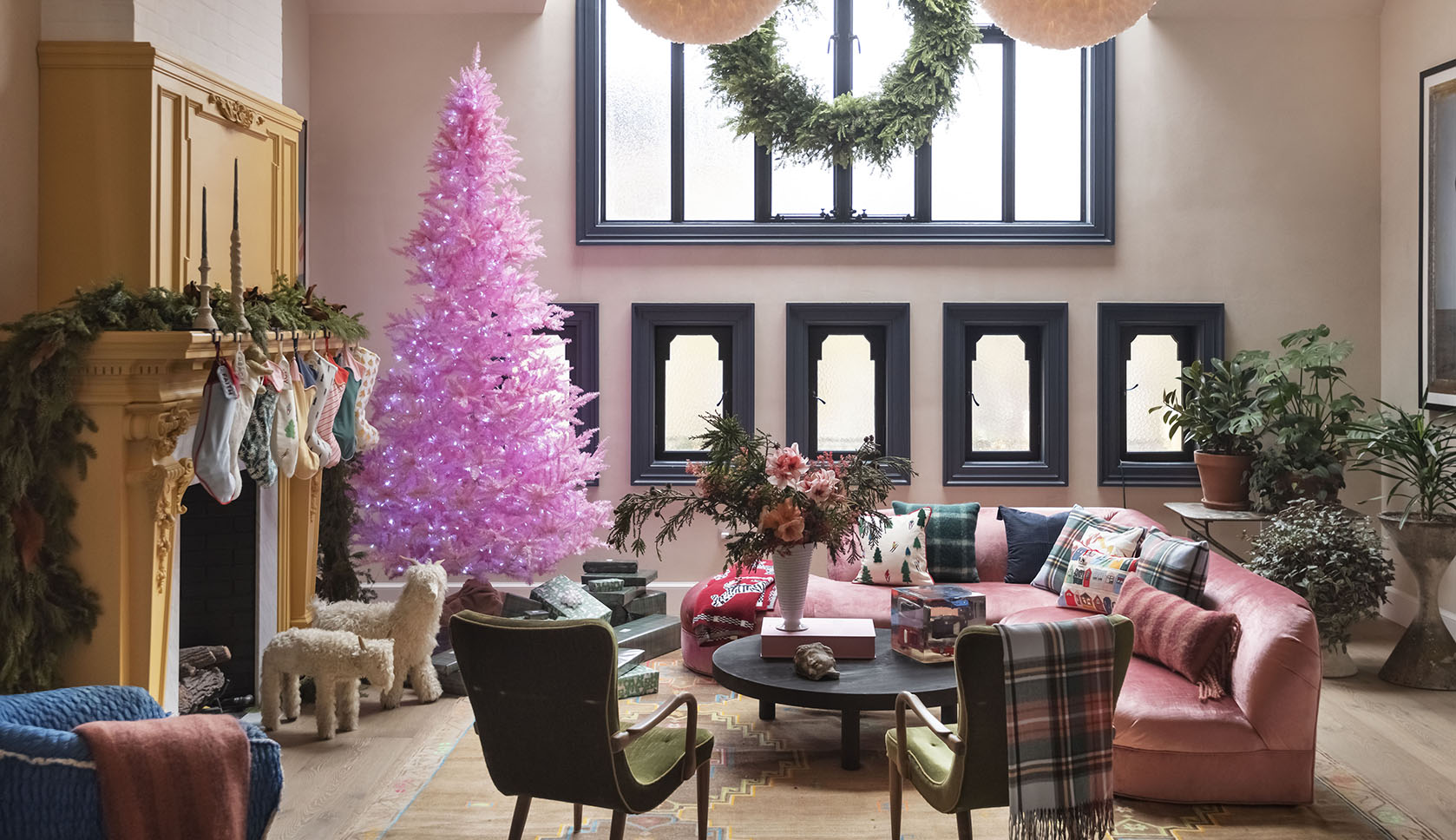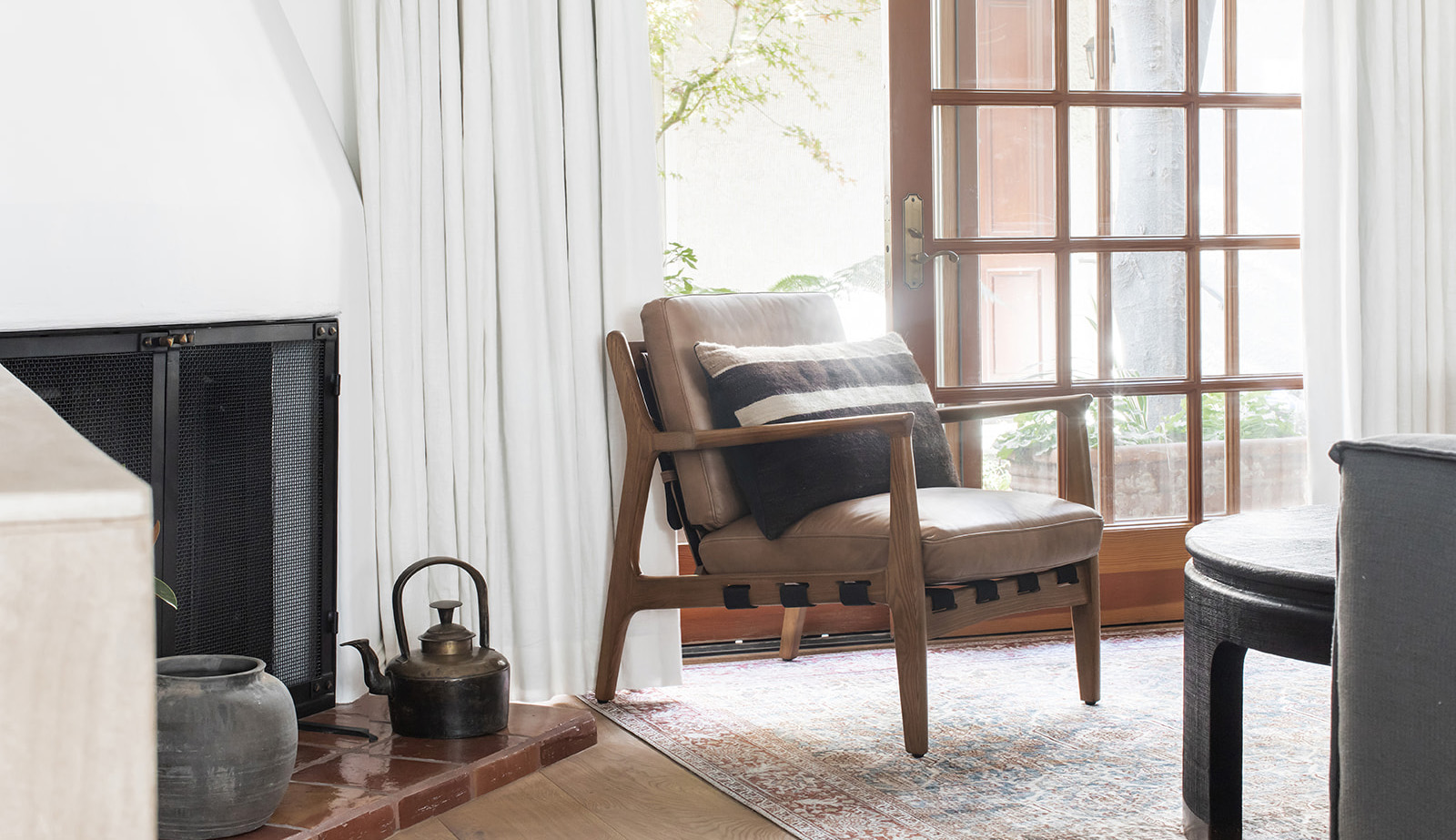Whether decorating a compact city apartment or sweeping country estate, Moronccan rugs have become a staple of thoughtful design. Woven by the Berber and Arab tribes, authentic Moroccan rugs are handmade, each one varying in color, weave, pattern, loops and knots.
Like anything in such high demand, sellers often try to pass off fakes for real says Matthew Jaffe, co-owner of Coco Carpets, a boutique online Moroccan rug dealer in Florida. Jaffe, whose founder travels to Morocco to meet the makers of each carpet, says hand picking each piece is not only important to ensure that products are genuine, but also for cultural preservation.
So, how do you spot a real from a fake? Jaffe says once you know what to look for, it’s fairly easy. While antique Moroccan rugs (more than 100 years old) are extremely rare, as are vintage (20 years old), they are still out there to be found. Here, Jaffe offers 5 easy ways to determine a real from a fake:
1. Ask about the tribe. This should always be the first question. Any seller of an authentic rug will know the city, area of Morocco, or the tribe who made the rug.
2. Material. All rugs certified by the Moroccan government must be handmade, knotted, and use only 100% sheep’s wool.
3. Handmade vs Machine? All tribes or regions have their own distinctive style of making handmade rugs but regardless of method, genuine Moroccon carpets are all handmade.
4. Softness. The “wool” is the softest part of animal hair while the “hair” is the coarser wool strands. The highest quality Morocco accent rugs are made of true wool and will feel very soft.
5. The Dye Test. Test for colorfastness of the rug dye by getting a white paper napkin wet and pressing it against the rug. If no dye appears on the napkin, then the dyes are colorfast. Synthetic dyes will bleed which devalues colorful carpets.




